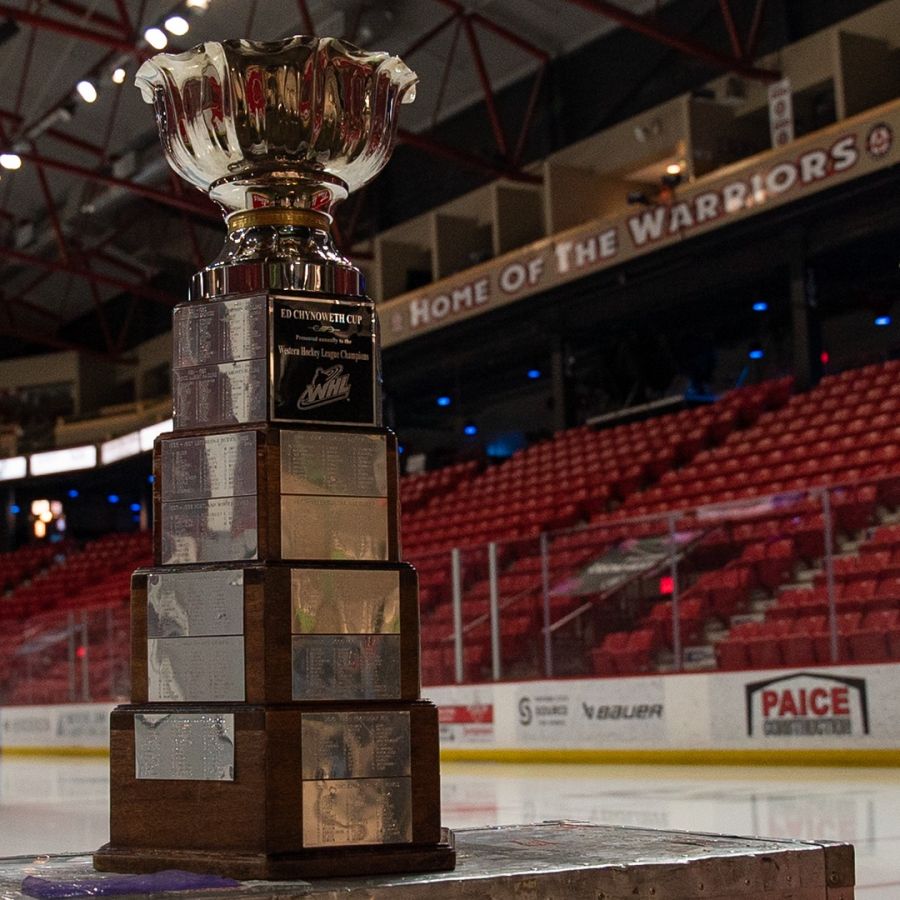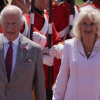While it has only been a few weeks since the NCAA announced Canadian Hockey League (CHL) players would be eligible to play NCAA Div 1 hockey next season, the rule change seems to have so far been beneficial to the Western Hockey League (WHL).
“The idea that players who have been expected to make lifelong decisions at the age of 14, 15, 16, years old now having a greater degree of flexibility as to what their development path is going to look like, I think I'd say it's favourable,” WHL Commissioner Dan Near told NowMedia.
“I think that it's positive, not to say there's not a lot to sort out amid all of that, but I think as a general matter, we view it as good for players, and we're in the business of player development on and off the ice. And so, if it's good for players, it's largely good for us in that regard.”

Following the news of the rule change, a wave of players from various leagues, many of whom were in other leagues to protect their NCAA eligibility, jumped ship to the WHL and CHL.
“I think this just is an adjustment period where there were a group of players…that were playing in other junior leagues, might be the USHL, might be junior 'A' might be the BCHL, where they were there for the express purpose of preserving their NCAA eligibility,” Near explained.
“The idea that they could now play in the best development league available to them as they prepare for their NCAA journey. You know, it makes sense that there would be a shift and certain players would find their way into our league, but I think that it has been orderly.”
Alongside the numerous talented players who moved to the WHL, there was also a wave of NCAA commitments from current WHL players, something that did not surprise Near.
“I'm not surprised. I think that when something like this happens, there's often a little bit of a rush or a flurry around 'it's a new opportunity, I want to be a first mover, I don't want to miss the opportunity,'" he said.
When asked if he thought the NCAA rule change would make the WHL a stronger league in the long term, Near hoped so.
“I think that there's a really good argument for that, in that if you've got every single player from the western part of Canada and the US, choosing the Western Hockey League as their path in their journey, hopefully, to the NHL or to whatever level of hockey is their pinnacle, then it there's a great case for that, without a doubt.”
One concern that has been voiced about the potential impact of the eligibility change is if WHL players decide to step away from the league early and go play in the NCAA against older players.
But that is not a concern Near shares for multiple reasons.
“If your goals are to go to the National Hockey League, there's nowhere that's proven to be better as a training ground or development ground than the WHL or the CHL,” he said.
“So why wouldn't you max that out before you go?”
.png)
Near mentioned that the average age of a starter in the NCAA is over 20, meaning if most players were to jump from the WHL to a US university, they most likely would not see the same amount of ice time.
“If you think about what's happening in the (NCAA) transfer portal right now, a guy that goes to Western Michigan and scores 30 goals probably isn't going to Western Michigan the next year, he’s probably going to Michigan, and so, what does that mean for the guys who are expecting to go to Michigan, who are already at Michigan, they've got to make a spot for them,” Near explained.
“That volatility is really new and unusual for people coming from the Western Hockey League because there has been a degree of stability, not that there's never line up or roster movement, but it's development path where you expect to kind of grow in your role over those four years.”
Near also explained that there is generally an agreement between the player and the WHL club on all the deliverables from the club to the player such as education support, advisors, amenities, post-secondary scholarships and more.
In return, generally, a player commits that they’re going to stay for the duration of their junior career.

One organization that could be impacted more than others by the changing junior landscape is U Sports hockey.
When a WHL player finishes their time in junior hockey and does not have a professional path ahead of them, they usually join a Canadian university team because they can use their WHL scholarship and they can continue to play hockey.
WHL players receive a year of tuition for each year they play in the league and former players use their scholarships across North America, but a majority of skaters use it at Canadian institutions so that they can also play collegiate hockey.
There were 149 former WHL players on the opening night rosters of Canada West conference teams. The University of Alberta has the most with 23 former WHLers. The University of Calgary Dinos and the University of Saskatchewan have 22 of their own.
However, these large numbers of former WHL players at Canadian universities could now change with the option to potentially go play for an American NCAA Division 1 university.
“I think that they're (U Sports) now in an environment with, I would characterize it as a higher degree of competition for them, and they'll need to read and react, and we'll be great partners as we ensure that our graduates have an opportunity to go and study either in Canada in the US,” explained Near.
Following the departure of several BCHL players, the league’s board of governors met to discuss the league's strategic planning in response to the NCAA news.
.jpeg)
“There’s no doubt that this rule change has altered the landscape of junior hockey, but as our league has always done, we will adapt to the new regulations and continue to thrive,” said BCHL Commissioner Steven Cocker.
“The fact is, only a small percentage of players have left our league due to this change and our teams are bringing in highly skilled athletes from other leagues to take their place. As a league without a draft, the BCHL has always supported players' choice. We will always be in favour of athletes doing what they think is best for their development.”
For now, the WHL and other leagues will have many details to iron out over the coming months as the full impact of the NCAA eligibility change becomes more apparent.
“This is their rule (the NCAA), and they made the rule change, and everyone else has to figure out how we and the environment react to it,” Near added.
“I think there's always the fear of change, fear of uncertainty, but I think where we rest... our most important initiative right now is to continue to deliver a great development experience and for players to continue to choose our league, for the NHL, to continue to look to us to find the best players, to find the most NHL ready players, and that's really where our focus will inevitably be, even though there are regular moments of uncertainty and maybe fear that come and go as part of a process like this.”









.png)

.jpeg)







